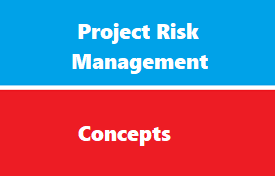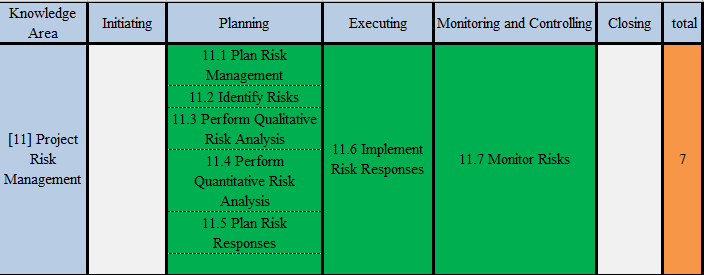introduction
welcome back
this is Maher islaieh and welcome to first article of knowledge Area ((Project Risk Management))
Risk Management
Risk management is the identification, evaluation, and prioritization of risks
Risk Management’s goal is to increase the impact and probability of positive risks and decrease them for negative risks.
Risk management is intentionally proactive, not reactive. It can be as simple as one crew member mentioning that a coworker needs to wear her safety glasses, or it may involve something as complex as a full asset allocation modeling of all of your organization’s capital assets. Risk management practices can even be applied to events as broad and far-reaching as the loss of a major employer in the community.
The Benefits of Risk Management
There are four major benefits of adopting a risk management : .
First, risk management enhances management, both in day-to-day and long-term situations. Knowing what might go wrong and how to deal with a situation lets you control the outcome.
Second, risk management systems streamline day-to-day operations. Employees who know the proper procedures and policies are better able to do their jobs safely.
Third, risk management improves financial management. Losses, lawsuits, and injuries all cost money and risk management helps your agency avoid these costs.
Finally, risk management helps provide consistent and enhanced services. Every time a loss occurs or property is damaged, reports need to be written, depositions taken, and so on, activities that take time away from an employee’s ability to provide services to the public.
Risk management strategies
Establish context.
- Understand the circumstances in which the rest of the process will take place. The criteria that will be used to evaluate risk should also be established and the structure of the analysis should be defined.
Risk identification.
- The company identifies and defines potential risks that may negatively influence a specific company process or project.
Risk analysis.
- Once specific types of risk are identified, the company then determines the odds of them occurring, as well as their consequences. The goal of risk analysis is to further understand each specific instance of risk, and how it could influence the company’s projects and objectives.
Risk assessment and evaluation.
- The risk is then further evaluated after determining the risk’s overall likelihood of occurrence combined with its overall consequence. The company can then make decisions on whether the risk is acceptable and whether the company is willing to take it on based on its risk appetite.
Risk mitigation.
- During this step, companies assess their highest-ranked risks and develop a plan to alleviate them using specific risk controls. These plans include risk mitigation processes, risk prevention tactics and contingency plans in the event the risk comes to fruition.
Risk monitoring.
- Part of the mitigation plan includes following up on both the risks and the overall plan to continuously monitor and track new and existing risks. The overall risk management process should also be reviewed and updated accordingly.
Communicate and consult.
- Internal and external shareholders should be included in communication and consultation at each appropriate step of the risk management process and in regards to the process as a whole.
Risk Management processes in PMBOK 6th
Risk Management in PMBOK 6th Edition has the following 7 processes :
- 1 Plan Risk Management (Planning Phase )
- 2 Identify Risks (Planning Phase )
- 3 Perform Qualitative Risk Analysis (Planning Phase )
- 4 Perform Quantitative Risk Analysis (Planning Phase )
- 5 Plan Risk Responses (Planning Phase )
- 6 Implement Risk Responses (Executing Phase )
- 7 Monitor Risks (Monitoring & Controlling Phase )
Risk Management Processes in PMBOK 5th Edition
in PMBOK 5th Edition we was having 6 process as the following :
- 11.1 Plan Risk Management (Planning )
- 11.2 Identify Risk (Planning )
- 11.3 Perform Qualitative Risk Analysis (Planning )
- 11.4 Perform Quantitative Risk Analysis (Planning )
- 11.5 Plan Risk Response (Planning )
- 11.6 Control Risk (Control )
Conclusion
his was briefly an overview about knowledge area ( Risk Management )
next articles we will discus each process in
Risk management in Fully Details



